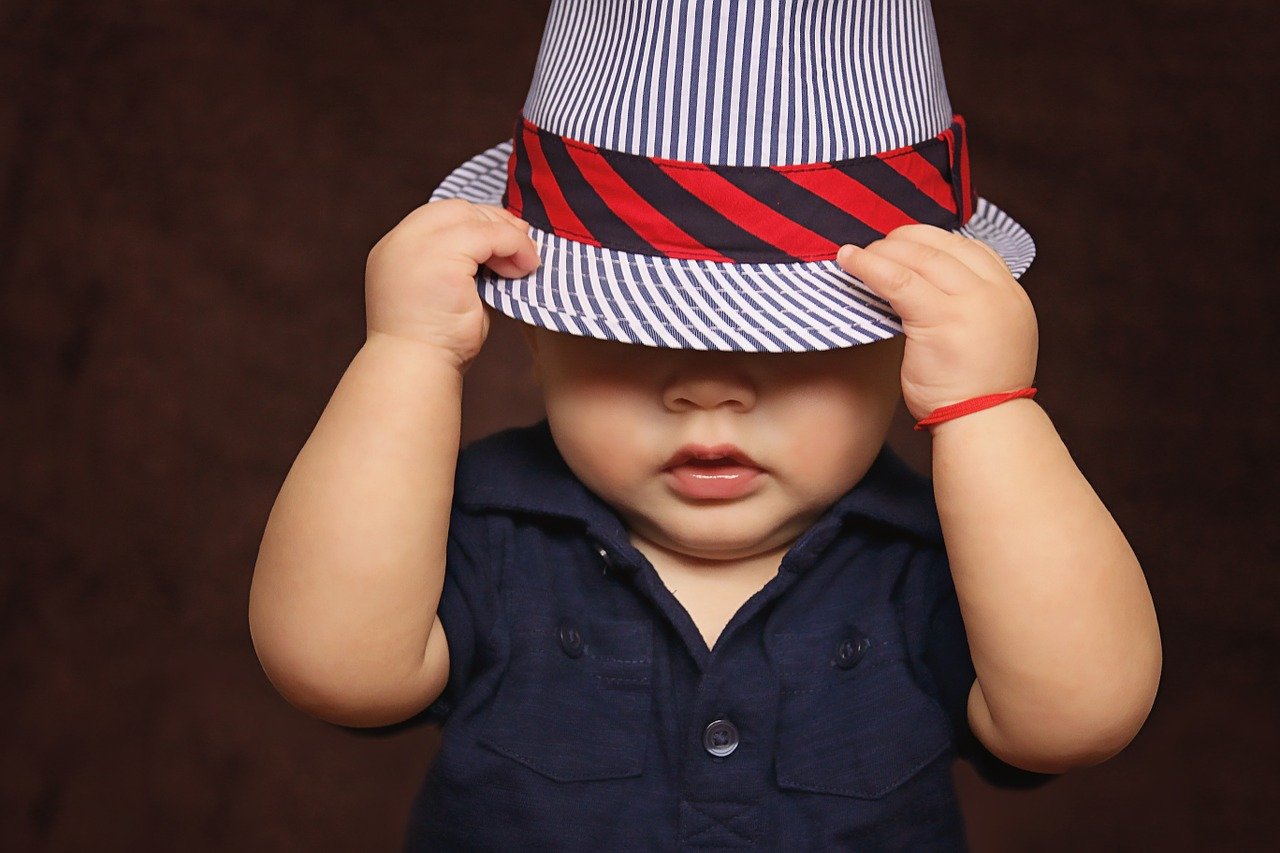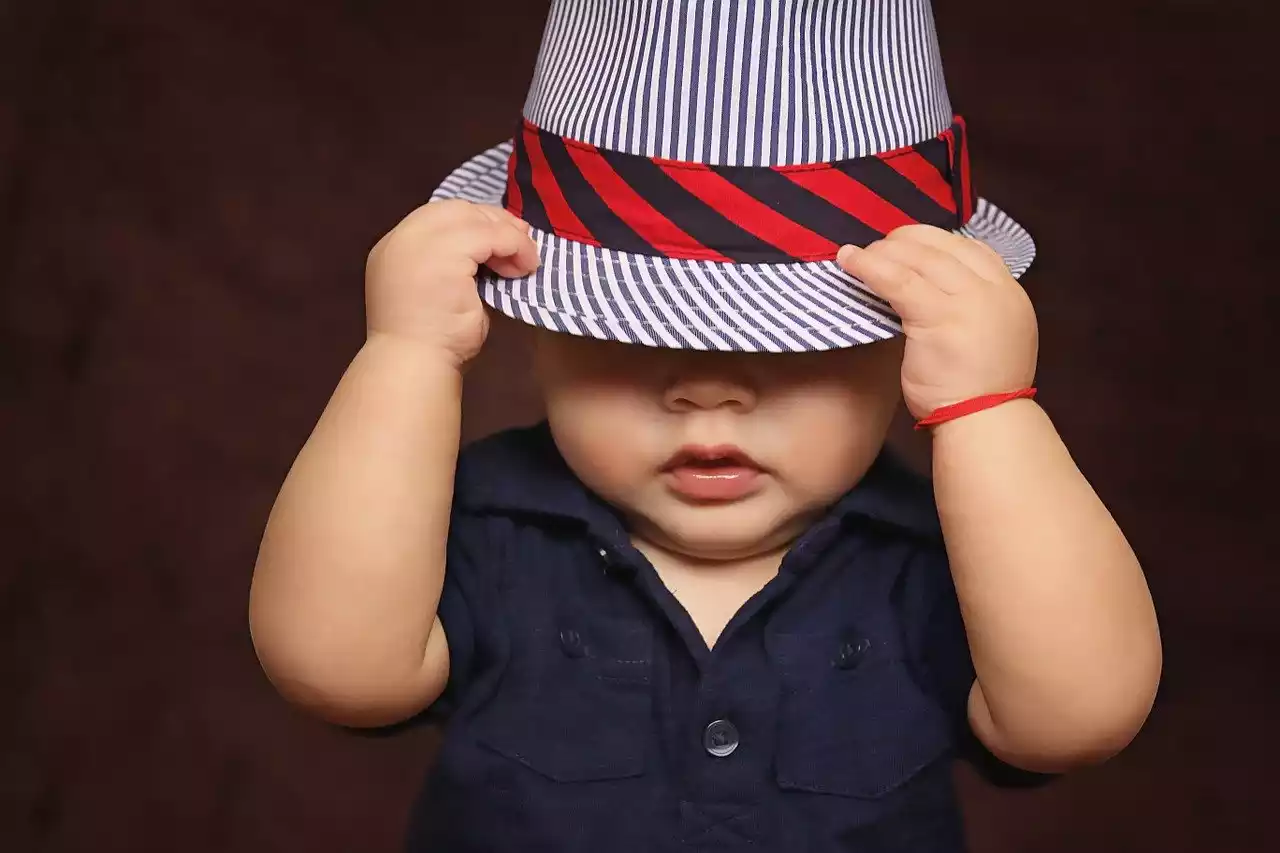 Potty training is a big milestone in a child’s life, but it can also be stressful or difficult for you and your child. This may be especially true if you attempt to train your child too early, as every child’s starting point is different. Fortunately, there are things you can do to recognize when it’s time to begin training. Once you reach that point, there are tips you can use to make the process easier.
Potty training is a big milestone in a child’s life, but it can also be stressful or difficult for you and your child. This may be especially true if you attempt to train your child too early, as every child’s starting point is different. Fortunately, there are things you can do to recognize when it’s time to begin training. Once you reach that point, there are tips you can use to make the process easier.
When Is Your Child Ready to Potty Train?
Potty training success depends on physical, developmental, and behavioral milestones - not age. Most children are ready to start toilet training anywhere between 18 months and 3 years of age. (Most children younger than 18 months do not have the necessary physiologic control of bladder or bowel control.) The actual starting time, however, will depend on the individual child.
Is your child ready? Ask yourself:
- Can your child walk to and sit on a toilet? Children should not be asked to use the toilet if they cannot get to it themselves.
- Can your child pull down his or her pants and pull them up again? If a child cannot remove their pants somewhat independently, it could be frustrating for them to attempt to potty train.
- Can your child stay dry for up to two hours? This means bladder control is naturally improving with age.
- Does your child walk off to another room or hide while having a bowel movement in their diaper? That's a sign that the child recognizes having a bowel movement is a private event.
- Can your child understand and follow basic directions? If a child cannot understand and follow the steps of using the potty (i.e. go to the bathroom, then pull down your pants, then sit on the potty....), it could be challenging to get them to participate.
- Can your child communicate when he or she needs to go? If a child cannot indicate they need to use the bathroom or ask for help, they could get easily frustrated with the process.
- Can your child sit for a period of time? Those who are easily distracted and irritated while sitting may not ready.
- Does your child seem interested in using the toilet? This includes children wanting to be dry and/or clean; asking about what parents do in the bathroom; and wanting to wear 'big kid' underwear. Also, a child should show signs of wanting to be independent (i.e. saying “I can do it!”).
What Can I Do to Make Potty Training Successful?
Once your child is ready for potty training, they won't become experts overnight. Plan to potty train when you and all your fellow caregivers can devote the time and energy to be consistent on a daily basis for a few months.
Choosing a potty for your bathroom(s) is a personal preference. You can choose between two basic options. One is a standalone, child-sized chair that can be emptied into the toilet. The other is a toddler-sized seat that sits on the household toilet, which may need a small stepstool to help the child climb up. Either way, always make sure your child's feet rest on the floor or a stool.
These additional tips once you begin potty training can also help streamline the process:
- Try setting time aside and establishing a routine to help your child learn how to use the potty. For example, it may feel more natural to encourage children to use the potty after waking from sleeping or napping, or as part of the bedtime or bath routine. As your child drinks throughout the day, you can ask if they need to use the bathroom.
- While wearing diapers, children may show signs of using the bathroom such as squatting, a red face, or grunting noises. If you spot this, ask them if they want to use the potty.
- It is recommended that you use simple, positive words during potty training. For example, don't refer to a bowel movement as 'stinky,' 'dirty' or 'naughty'. This can make the child feel embarrassed about a natural function. Instead, use words and phrasing such as ‘wee’, ‘poo’, and ‘I need to go’.
- Keep your child’s wardrobe simple. Consider pants without snaps or hooks, as well as fitted shirts that won’t get in the way when the child is sitting on the toilet.
- Offer your child small rewards after they visit the bathroom and use the toilet. This can include stickers, extra reading time, and other things your family deems appropriate.
- Track their success. Use a calendar or make a chart to display what progress they are making. As children become more regular and comfortable in the bathroom, parents can begin shopping for 'big kid underwear' with their child.
- If you work with additional caregivers (i.e. babysitters, grandparents, etc.), make sure they are aware of your routines, the language you use for body parts and bathroom use, and so on. It is helpful to have everyone on the same page so children are not confused by different messages from various people.
- Never force a child to sit on a toilet against their will. This can make them even more timid and fearful of this new, daunting task. If they want to get off the toilet at any point, let them.
Most importantly, parents should always praise their children for trying to use the toilet, even when nothing happens! Remember that accidents will happen. Parents must never punish or show disappointment in their potty-training children. Instead, it's important to tell the child it was just an accident, to offer emotional comfort, and to reassure them that they're doing well as they grow into being a big kid.
Do you have additional questions about potty training or any other developmental milestones in your child’s life? Let us know! Some questions can be answered over the phone, while others may need an appointment to examine your child or discuss a detailed plan. We also periodically offer parenting workshops that address challenging behaviors, especially in young children. Contact the CAP practice of your choice to utilize our services or schedule an appointment today!


